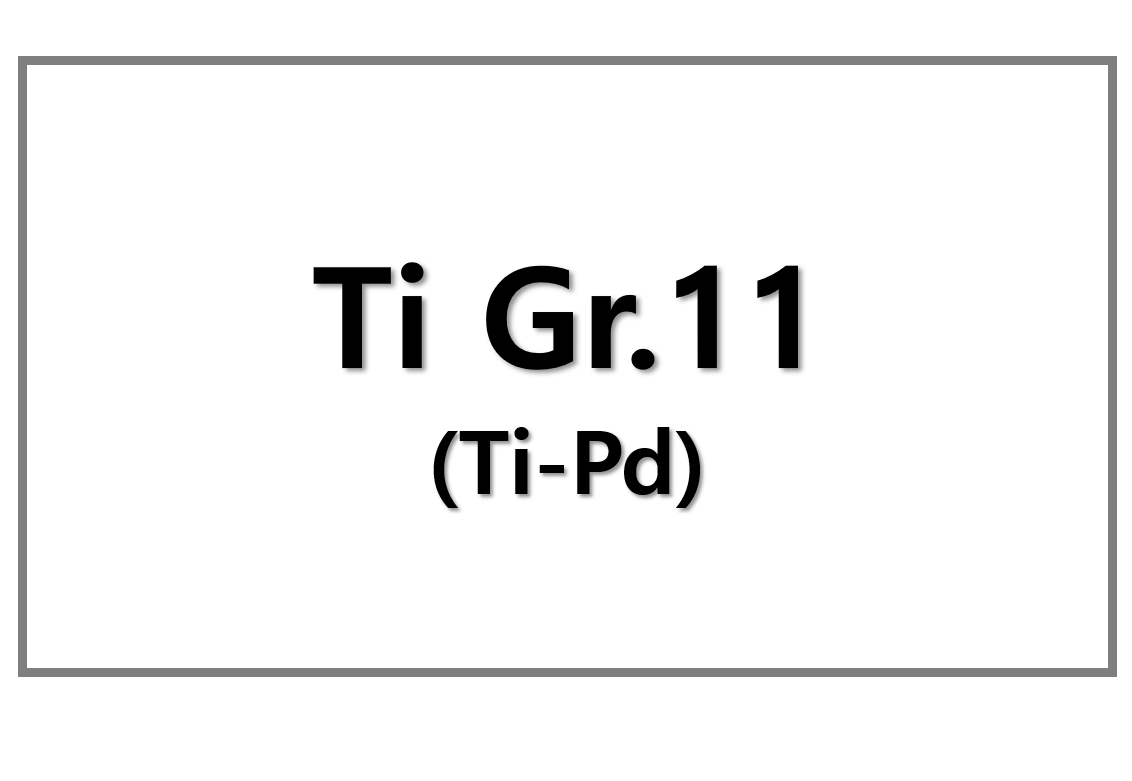
Overview of Stainless Steel Consumption and Tariffs
A recent survey by Outokumpu revealed that global stainless steel consumption has slowed due to international trade tensions. One-third of large stainless steel-consuming companies delayed orders because of the US import tariffs, especially the 25% Section 232 tariff. This has led to supply chain disruptions and a reevaluation of sourcing strategies by more than half of the companies surveyed.
The survey, part of Outokumpu’s whitepaper The Evolution of Materials: Stainless Steel Insights 2025, analyzed responses from 70 senior decision-makers across companies with a combined revenue of $430 billion. It highlighted how trade tensions and tariffs are reshaping global stainless steel markets.
Impact of US Tariffs on the Stainless Steel Market
The US has imposed several tariffs, including the 50% Section 232 tariffs on stainless steel imports. This has created significant barriers for steel exporters from Europe and Asia. According to recent research, many stainless steel exporters to the US have seen reduced demand and prices. The 50% tariff is particularly challenging for steelmakers struggling with low domestic demand in their markets.
The International Trade Administration (ITA) reported a 4.9% increase in US stainless steel imports by the end of July. However, the situation started to shift in August, with imports dropping by 21.5%. Preliminary data for September shows even steeper declines, with volumes down over 40% compared to the previous year. This marks a significant impact from the tariffs.
Effect on US Prices and Import Volumes
In the face of these tariffs, US stainless steel prices have risen. The price for grade 316 cold-rolled coil has increased by 8.7% since March, despite prices in other global markets declining. In contrast, Taiwan, a major source of US imports, saw a 9.7% drop in prices in local currency terms. However, the tariffs are beginning to show their full impact, with import volumes significantly down as the year progresses.
The imposition of “reciprocal” tariffs has also created more barriers. These tariffs affect many stainless steel-containing products and may further undermine prices in countries that traditionally export to the US. These tariffs remain in place, despite a recent US Court of Appeals ruling stating they were implemented illegally. This ruling will take effect on October 14, 2023.
SuperMetalPrice Commentary:
The survey results indicate a major disruption in the global stainless steel market, with tariffs significantly stalling the flow of materials. Companies are rethinking their procurement strategies, and a slowdown in investment has raised concerns over the future of key infrastructure projects. However, optimism persists, as nearly half of the respondents expect increased procurement activity within a year, signaling a potential recovery in the next few years.
While the immediate impact of tariffs has been severe, particularly for US stainless steel importers, the long-term outlook may improve as market conditions evolve. Manufacturers and traders will need to adjust to new realities, including fluctuating tariffs, shifting market demands, and potential changes in global trade agreements.











Leave a Reply
You must be logged in to post a comment.